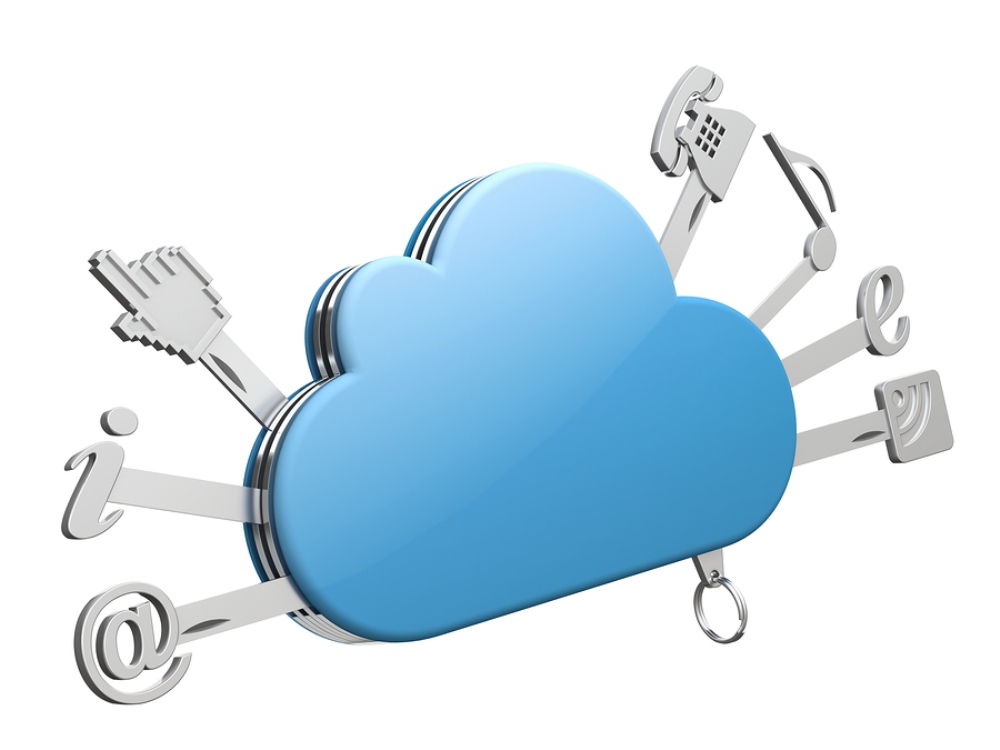
Off-grid solar and wind power are a fast-growing alternative to electric grid power for critical infrastructure, but issues of reliability and consistent delivery of power have hindered widespread adoption.
Cloud-based apps are already transforming our lives and how businesses operate in countless ways – from managing our bank accounts to hailing taxis and booking vacation homes, all from our smartphone. Now, cloud technology is transforming how off-grid systems, including street lights, telecom systems, security cameras, IoT devices, and other critical infrastructure are managed, and how they perform.
Until now, off-grid systems powered by wind or solar have been notoriously unreliable. System owners are unaware of outages until someone reports them. These systems typically require a trained professional to install and maintain the systems via on-site visits. However, with no data on how the off-grid systems have been functioning and whether there is a failure, it can be weeks before a system is fixed, and even then parts might be replaced unnecessarily or not at all.
Smart off-grid technology connects off-grid systems to a highly-secure cloud computing management system. Through wireless communications, it continuously streams data from each system to the cloud, and provides 24/7 insight into the system’s operating status and power generation effectiveness. Using weather forecasting, analysis, and alerts, potential problems from impending bad weather can be anticipated and prevented. Seasonal and environmental changes can also be addressed proactively by changing load profiles in advance. If there is a system outage, the infrastructure owner can access the data history to make it easy to troubleshoot the issue, and either fix it remotely or send an engineer to the site with the right replacement part.
Smart off-grid revolutionizes the way communities access and control power all over the world. A city or utility official can proactively monitor, control, and manage street lights, telecom systems, security cameras, IoT devices, and other critical infrastructure from a smartphone – anywhere, anytime. This reduces the cost of installation and maintenance by up to 80 percent, and enhances reliability because issues can be resolved before they become a problem – and expensive service callouts can be avoided. It is a game-changer for making off-grid solar a more cost-competitive alternative to traditional electric grid infrastructure for governments looking to keep costs down.
Weather prediction analysis and alerts functions, which estimate and can send SMS text or email notifications on power generation for the next six days based on current load and weather forecasts, are other capabilities of smart off-grid technology that improve the management of off-grid systems.
For instance, Raeanna, a telecom infrastructure company operating in southern Nigeria, found the region’s frequent cloud coverage meant its solar-powered telecom system would lose battery power every other day. However, by connecting the systems to the cloud and using smart off-grid technology, the power draw can be temporarily reduced to preserve the battery power and ride out the bad weather, with just a few clicks. Since installing smart off-grid systems in May 2017, Raeanna’s off-grid telecom system hasn’t lost battery power once.
Adoption of cloud technology is a paradigm shift in making off-grid systems more manageable and reliable. Demand worldwide is growing for smart off-grid as more governments, municipalities, and utility companies seek clean, cost-effective, and reliable alternatives to expensive, and in many places unavailable, electric power grid infrastructure.
The integration of cloud technology with off-grid systems helps to improve the lives of millions of people, including the one-quarter of the world’s population who currently live without access to reliable power via the electric grid. Providing reliable power from off-grid wind and solar for street lights means economic activity is not limited to the daytime and safety is improved, while telecom systems can provide cellular coverage for unserved communities, giving them access to educational, health and economic opportunities.
Cloud technology will become universal in managing, monitoring and controlling off-grid systems. And it will be only a matter of time before we will witness the end of the ubiquitous electric power grid.
Miriam Tuerk is the CEO and co-founder of Clear Blue Technologies.
Edited by Mandi Nowitz




